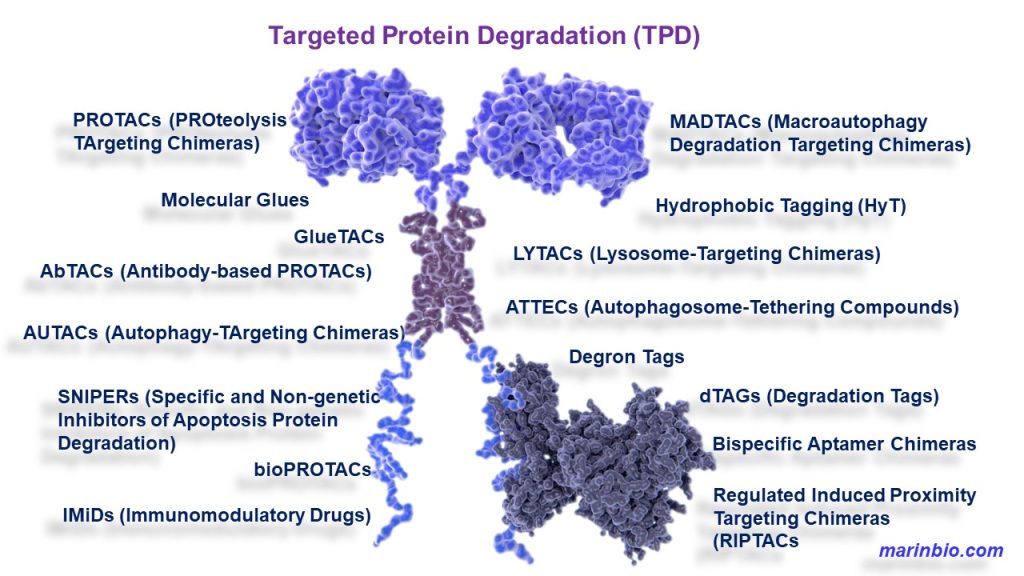
**AI Transforms Protein Prediction and Creation**
In recent times, the way amino acid sequences are predicted to fold into functional proteins has been fundamentally altered by artificial intelligence (AI). This intricate biological challenge once puzzled researchers, but AI, notably through deep learning, has reshaped the discipline, even playing a role in achieving Nobel Prize-winning milestones in chemistry.
AI’s functionality has evolved from solely predicting protein architectures to constructing entirely new protein formations, presenting opportunities for developing groundbreaking treatments for various ailments. Timothy Jenkins from the Technical University of Denmark emphasizes that AI tools, such as RFdiffusion, overcome conventional obstacles in protein design due to the lack of accurate 3D maps for numerous therapeutic targets.
Jenkins’s team has utilized generative AI to craft precise cancer immunotherapies. By supplying a 3D model of a specific cancer marker, AI can produce thousands of potential protein configurations that can interact with the target. This method, which is considerably quicker than traditional approaches, facilitates the rapid identification of promising candidates through molecular dynamics simulations as a virtual evaluation. This accomplishment highlights the capacity for AI to devise therapies for tailored cancer targets without needing pre-existing structural information.
In addition to cancer, researchers Rhys Grinter and Gavin Knott in Australia have employed generative AI to create proteins that tackle antibiotic-resistant bacteria. The team concentrates on inhibiting the function of ChuA, a protein that assists bacteria like E. coli in seizing vital nutrients from hosts. By utilizing tools such as AlphaFold2, RFdiffusion, and ProteinMPNN, they have swiftly engineered proteins that may disrupt ChuA’s functionality.
These developments illustrate AI’s potential, from revolutionizing disease treatment to hastening biological advancement. Nevertheless, experts warn that grasping protein structure and function is essential, as AI is not flawless and significantly depends on available data. While it can drastically shorten research timelines, AI models sometimes yield designs that appear feasible virtually but may not succeed in experimental settings.
Grinter and his teammates encourage open access to AI platforms to democratize research, promoting international collaboration and innovation. As generative AI continues to reshape scientific discovery, it proves most effective when combined with experimental methods, promising a future where AI is central to biological research and development.